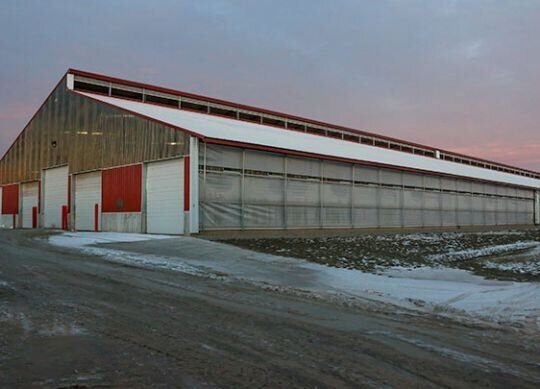Put ‘the Freeze’ on Cold Stress Productivity Dips
By Tony Hall, MSc, MRSB, PAS, Lallemand Animal Nutrition – North America
When temperatures dip, cows divert their energy to maintaining normal body temperatures. For dairy producers, the switch comes at the expense of milk production. There are simple management tactics to help shield cows from the cold — and keep productivity up.
- Allow higher total mixed ration (TMR) refusals: When it gets cold, cows can ramp up dry matter intakes higher than normal refusal allowances. Avoid cows running out of feed at the feed bunk and allow higher TMR refusals for the transition cow pens.
- Watch body condition scores (BCS): A reduction in either BCS or milk protein content can indicate cows are not receiving adequate energy. In particular, watch the fresh cow pen. This group can be vulnerable as they undergo so many changes in the first few days of lactation.
- Check on equipment: Solid ice chunks can get into the mixer wagon and cause damage to knives and other parts. This can affect TMR quality and consistency.
- Monitor waterers: Water intake is important to milk yield. Monitor frozen troughs and other drinking points and make sure water refresh rates are adequate.
- Bedding: The cow’s winter coat is her first protection against the cold. Keep her clean and dry with good bedding. Cow grooming brushes are helpful, too.
The specific temperature cold stress can begin to effect herds varies with the temperature, wind chill, the cows’ coat condition and housing. For example, the Ontario Ministry of Agriculture in Canada found cold stress can begin between 45° F and 32° F depending on coat condition.1 Steep drops in temperatures earlier in the year may affect cows more because their coats just aren’t prepared for winter weather.
Whatever the winter brings, these tips can help offset the productivity losses and protect the herd.



